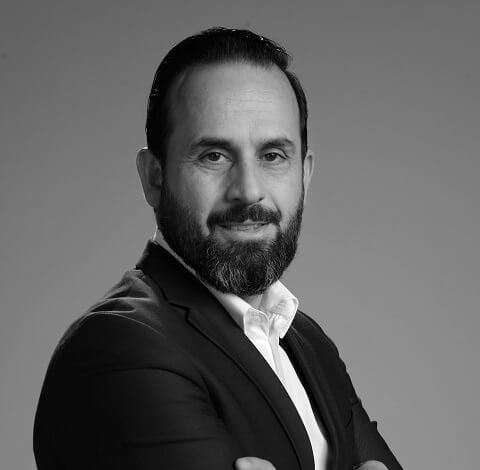
In the digital economy brands matter more than ever before. However, how you build a brand has changed dramatically, presenting a host of new challenges but also new opportunities for marketers. This is no different in Saudi Arabia and the current disruption in the media and marketing industry means that acting fast is the only way forward. Here we will explore some of the underlying trends to find out how brands can embrace disruption and achieve enduring brand value in the Kingdom.
The Landscape
The challenge for brands today is to combine the best of what continues to endure in marketing with the shift brought about by the digital economy, in order to strike a new balance in their strategies. First, marketers need to have a deep understanding of the opportunities and challenges presented by the digital landscape they are operating in.
Saudi Arabia is expected to be among the first countries to launch 5G, which will be up to 20 times faster than 4G – making a full-length HD movie download achievable in a matter of seconds. Faster data will bring more opportunities for video, content, commerce, and data. This is paired with an 89% internet penetration, higher than advanced and developed markets such as New Zealand, Australia and Singapore.
For search, KSA is in the top 10 markets for voice search and command adoption, with 38% of internet usage – ahead of both the USA and UK. We are also seeing social media’s evolution from a marketing channel into a
sales channel – with Instagram having recently launched the ‘Shop Now’ function in market. This means commerce will become more social. Its presence on social platforms will bring greater opportunities to share news of purchases, and even create group buying opportunities.
Smart OOH formats are also expanding and will open the medium up to those who do not currently use it, and attract increased budgets from others. This again presents further opportunity for location-based marketing with the synergy of OOH and mobile.
However, we are also seeing an uprise of digital detoxing as users try to limit their usage times, with Apple, Facebook, Instagram and YouTube all introducing usage control options. There is also a large increase in people managing their online worlds on their own terms: limiting the amount of data shared and time spent online, installing ad blockers (49% of internet users in Saudi Arabia) and deactivating social media accounts.
Thinking fast
One of the clearest shifts brought about by the digital economy is an increasing focus on measurable, short-term performance and ROI. While brand equity development remains an ultimate objective for marketers, focusing on more addressable, tailored and targeted marketing is the focus. New marketing capabilities and ad-tech platforms are a key part of the strategy for new sources of real-time optimisation.
It is imperative for marketers to recognise that the expectation for speedy reactions can be good and bad. With immediacy sometimes leading to relevance and attention, but in other situations leading to knee-jerk reactions that don’t fit the purpose or context of a brand. Real-time adjustment is essential to optimising creative, channel mix and user experience – but this needs to be complemented by a longer-term view.
Striking a new balance
The overall goal should be to combine the best aspects of traditional brand-building and the exciting opportunities on offer with new digital toolkits. To strike a balance between the enduring purpose of a brand and the more immediate role it plays in people’s lives; and between short-term optimisation and long-term strategy-setting. The most successful players in this new age will be those that recognise that these are complementary, rather than opposing, forces. It’s at these intersections where real innovation and enduring brand value lies. In a world of almost infinite choice, consumers want strong brands – brands that will help them to reaffirm who they are and what they stand for.
Building a brand is a fluid and iterative process. The complexity and changeability of our industry, both now and in the future, demands an integrated marketing machine that works in harmony. We are constantly realigning our business and operating models around changing consumer needs, building new capability and marshalling for a wider marketing ecosystem. Future success relies on overcoming perceived trade-offs between the short and the long term, or the tactical and strategic. It is the brands that strike that balance who will win in the digital economy.









